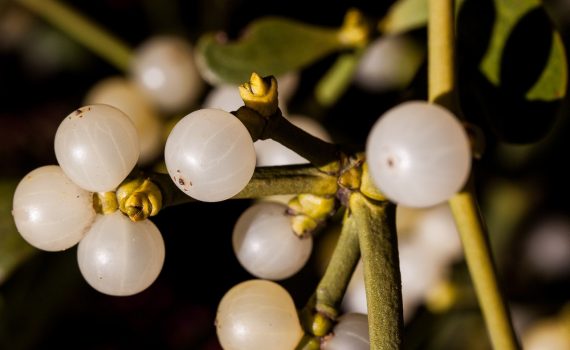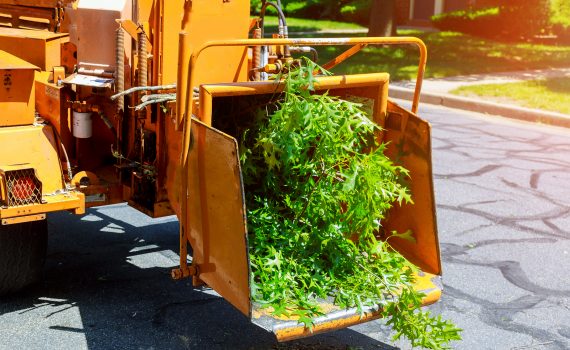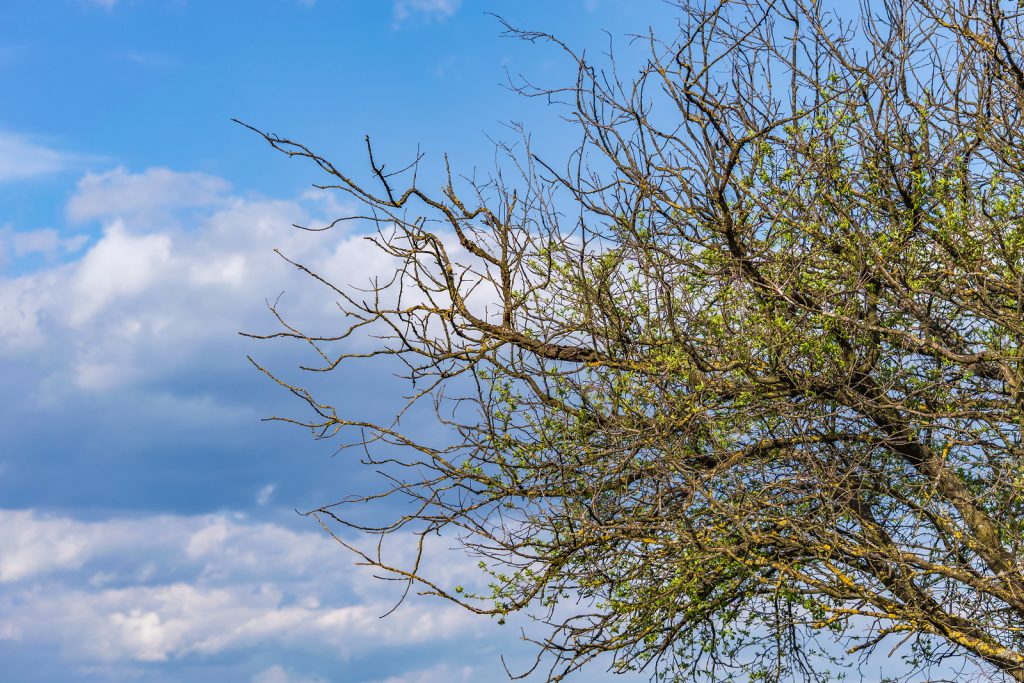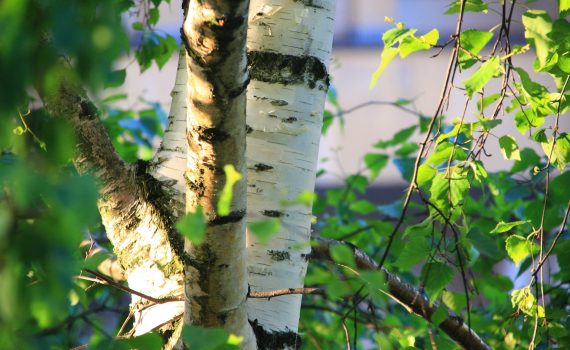Do you have mistletoe on your property? If you have mystyldene, all-heal, bird lime, golden bough, or devil’s fuge, then yes. You have mistletoe.
It’s leaves are part of a fun Christmas tradition that encourages you to a kiss while standing under it. But it’s actually very harmful to your trees. Although the evergreen plant is quite beautiful with the fragrant flowers it produces in winter, this poisonous berry does more harm than good.
Mistletoe is native to Nevada, California, Arizona, Baja California, as well as Sonora and Sinaloa, Mexico. Mistletoe is a semi-parasitic pest that grows on branches of deciduous trees, which his why you’ll want to have it removed by a professional.
How Does Mistletoe Harm Trees?
Mistletoe is a semi-parasitic plant that sends out its root-like structure into tree branches. This small evergreen shrub then steals necessary water and nutrients from its tree host. The mistletoe then continues to grow larger as it continues to damage the tree.
Although mistletoe spreads slowly, when not stopped it can be harmful to trees. When a tree is infested with the plant, it can become stunted, less vigorous and even be killed if additional stressed from other environmental factors are present. Things like root damage, drought, insect infestation, extreme temperatures, disease and mistletoe infestation can all kill an otherwise healthy tree.
If you see that mistletoe is growing on your trees, you can prune out the infested branches. But just cutting it with the branch won’t kill mistletoe; it’ll only slow down its growth. You can’t get rid of mistletoe unless you remove all the infected limbs of the tree. Special care must been taken to avoid over pruning, which is why you want to hire a professional arborist to walk this fine line for you.
A professional arborist prune in a way that balances your need to eliminate mistletoe with your trees need to retain branches. At the same time they can also aid the tree in it’s recovery. Removing other stressors from your trees can help ensure their recovery and resistance to future infections.
 Bringing Sexy Back Into Your Yards
Bringing Sexy Back Into Your Yards 



